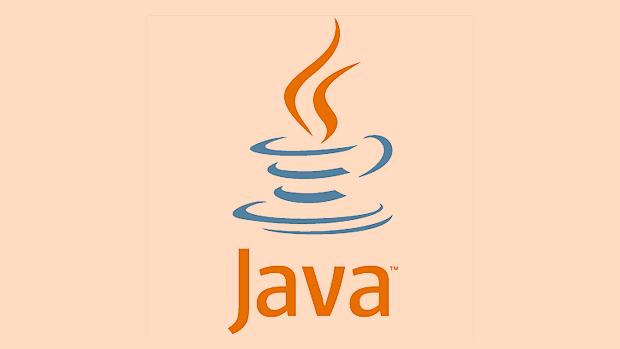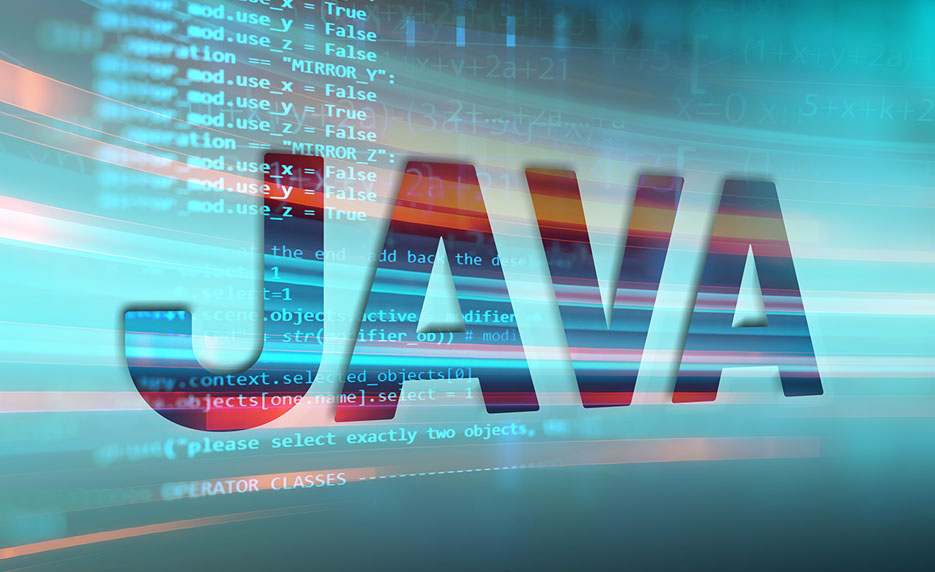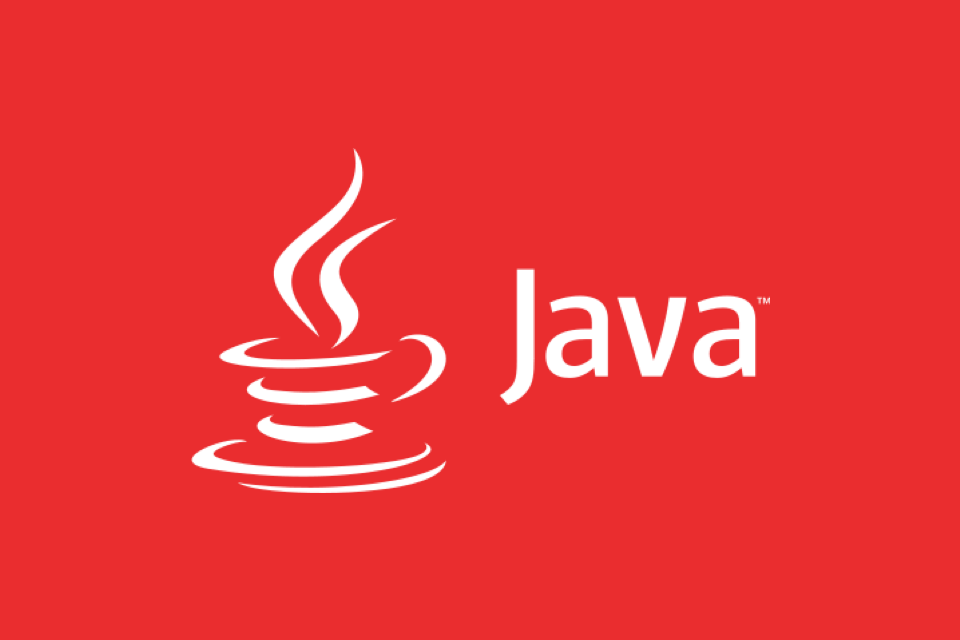Advanced Java Exception Handling for Robust Applications
Jul 19, 2025 am 01:52 AMAdvanced skills in Java exception handling include using custom exception classes, exception wrappers, try-with-resources and reasonable selection of detected and non-tested exceptions. ① Improve semantic clarity and facilitate debugging by custom exception classes (such as inheriting RuntimeException or Exception); ② In a multi-layer architecture, exceptions should be packaged instead of "eat" and retain original information for troubleshooting; ③ Use try-with-resources to automatically close resources to prevent leakage and the code is concise; ④ Select detected or non-checked exceptions based on whether the caller needs to restore, so as to avoid excessive use of detected exceptions to increase complexity.

Java exception handling is an important part of building robust applications. Good exception handling not only helps us catch and fix errors, but also improves the maintainability and user experience of the program. This article will focus on some advanced Java exception handling techniques and best practices to help you write more stable and fault-tolerant code in development.

Enhance semantic clarity with custom exception classes
Although Java has a wide variety of built-in exception types, in actual development, more business-oriented exception descriptions are often needed. By customizing exception classes, you can better express the context in which the error occurs.
- The naming must be clear : For example,
InvalidUserInputExceptionis more readable thanIllegalArgumentException. - Inheriting the appropriate parent class : Usually, inheriting
RuntimeExceptionmeans non-checked exceptions and is suitable for process control; inheritingExceptionis a detected exception, which is forced to handle by the caller. - Add constructor : Provide constructors with messages and reasons to facilitate logging and debugging.
public class InvalidConfigurationException extends Exception {
public InvalidConfigurationException(String message) {
super(message);
}
public InvalidConfigurationException(String message, Throwable cause) {
super(message, cause);
}
}When using it, throwing the exception in combination with specific business logic will help quickly locate the root cause of the problem.

Abnormal propagation and packaging: Avoid information loss
In a multi-layer architecture, throwing the underlying exception directly causes the upper layer to not understand the context. At this time, exception packaging should be carried out to retain the original information while providing a higher level of abstraction.
- Do not "eat" exceptions : that is, no processing or recording is done after catch.
- Use initCause or constructor to wrap exceptions : keep stack information intact.
- Choose whether to continue throwing : Decide whether to throw up according to whether the caller can handle it.
try {
// Possible error operation} catch (IOException e) {
throw new CustomBusinessException("Data loading failed", e);
}The advantage of this is that you can see the complete error chain in the log, which is also convenient for troubleshooting.

Use try-with-resources correctly to avoid resource leaks
Java 7 introduces the try-with-resources syntax to automatically close resource objects that implement the AutoCloseable interface. This is very practical in handling files, database connections and other scenarios.
- Make sure the resource is closed correctly : no need to manually write the finally block.
- Multiple resources can be separated by commas : the order does not affect closing behavior.
- Pay attention to the resource initialization order : If there are dependencies between resources, the initialization order needs to be considered.
try (FileInputStream fis = new FileInputStream("data.txt");
BufferedReader reader = new BufferedReader(new InputStreamReader(fis))) {
String line;
while ((line = reader.readLine()) != null) {
System.out.println(line);
}
} catch (IOException e) {
e.printStackTrace();
}This method is not only concise, but also effectively prevents resource leakage. It is a recommended practice in modern Java development.
Rational use of tested and non-tested abnormalities
The Java exception system is divided into checked exceptions and unchecked exceptions. Choosing both reasonably will help improve the readability and flexibility of the code.
- The detected exception is applicable to situations that must be handled : if the file does not exist, network interruption, etc., the caller should take the initiative to respond.
- Unchecked exceptions are suitable for programming errors : such as null pointers and arrays that are out of bounds, which are usually caused by developers' negligence.
- Overuse of detected exceptions can increase complexity : sometimes it makes the code bloated.
A rule of thumb is to use the detected exception if it is possible and should be restored; otherwise use the runtime exception.
Exception handling is not a simple try-catch, but a systematic design problem. From custom exceptions to resource management, each step affects the stability and maintainability of the program. Only by mastering these advanced techniques can you write truly robust Java applications.
Basically all is it, not complicated but it is easy to ignore details.
The above is the detailed content of Advanced Java Exception Handling for Robust Applications. For more information, please follow other related articles on the PHP Chinese website!

Hot AI Tools

Undress AI Tool
Undress images for free

Undresser.AI Undress
AI-powered app for creating realistic nude photos

AI Clothes Remover
Online AI tool for removing clothes from photos.

Clothoff.io
AI clothes remover

Video Face Swap
Swap faces in any video effortlessly with our completely free AI face swap tool!

Hot Article

Hot Tools

Notepad++7.3.1
Easy-to-use and free code editor

SublimeText3 Chinese version
Chinese version, very easy to use

Zend Studio 13.0.1
Powerful PHP integrated development environment

Dreamweaver CS6
Visual web development tools

SublimeText3 Mac version
God-level code editing software (SublimeText3)
 Using throw, catch and instanceof to handle exceptions in Java
Aug 29, 2023 pm 04:33 PM
Using throw, catch and instanceof to handle exceptions in Java
Aug 29, 2023 pm 04:33 PM
ExceptionhandlingisafundamentalaspectofJavaprogrammingthatenhancestherobustnessofapplicationsandpromotesaseamlessuserexperience.Keytothisisunderstandinghowtoeffectivelyusethethrow,catch,andinstanceofkeywordstomanipulateexceptionsinJava.Inthisarticle,
 Methods to solve Java disconnection exception (DisconnectedException)
Aug 19, 2023 am 10:41 AM
Methods to solve Java disconnection exception (DisconnectedException)
Aug 19, 2023 am 10:41 AM
Methods to solve Java disconnected exception (DisconnectedException) When using Java for network programming, you sometimes encounter disconnected exceptions. One of the common exceptions is DisconnectedException. This exception usually occurs when the network connection is unstable or network resources are released. In order to avoid this exception from happening, we can take some measures to solve it. Here are a few solutions to DisconnectedExcep
 Easily deal with Java large file reading exception solutions
Feb 21, 2024 pm 07:39 PM
Easily deal with Java large file reading exception solutions
Feb 21, 2024 pm 07:39 PM
The solution to easily deal with Java large file reading exceptions requires specific code examples. During the Java development process, we often need to read large files for processing. However, when the file is too large, it is easy to cause an out-of-memory exception, causing the program to crash or run slowly. This article will introduce a solution to easily deal with Java large file read exceptions and provide specific code examples. 1. Problem Analysis When we use the traditional method to read a large file, all the contents of the file will be loaded into the memory at once, which leads to memory outage.
 How to use exception handling functions in Java to catch and handle exceptions
Oct 27, 2023 pm 04:13 PM
How to use exception handling functions in Java to catch and handle exceptions
Oct 27, 2023 pm 04:13 PM
How to use exception handling functions in Java to catch and handle exceptions When writing Java programs, exception handling is a crucial part. When an error or exception occurs during program running, if it is not handled, it will cause the program to crash or produce unexpected results. In order to ensure the robustness and stability of the program, we need to use exception handling functions to catch and handle these exceptions. Exception handling in Java is based on the concept of "catch and throw". When an exception occurs in a code block, the program throws the exception and the called method
 How to deal with StringIndexOutOfBoundsException exception in Java?
Jun 25, 2023 pm 06:30 PM
How to deal with StringIndexOutOfBoundsException exception in Java?
Jun 25, 2023 pm 06:30 PM
The StringIndexOutOfBoundsException exception in Java refers to the exception thrown when the index in the string exceeds the valid range. For example, this exception is triggered when we access a character or substring in a string that exceeds its length range. In Java programming, this type of exception is very common, therefore, we need to know how to handle the StringIndexOutOfBoundsException exception to avoid program errors. one,
 How to solve Java input and output stream exception (IOStreamException)
Aug 17, 2023 pm 10:21 PM
How to solve Java input and output stream exception (IOStreamException)
Aug 17, 2023 pm 10:21 PM
Overview of how to solve Java input and output stream exceptions (IOStreamException): In Java programming, input and output stream exceptions (IOStreamException) are a common error. It usually occurs while processing files or network connections and can result in data loss or operation failure. In order to solve this problem, we need to correctly handle input and output stream exceptions. This article will explain how to resolve IOStreamException in Java and provide some example code
 What is java exception handling
Aug 23, 2023 am 10:00 AM
What is java exception handling
Aug 23, 2023 am 10:00 AM
Java exception handling is a mechanism for catching, handling and throwing exceptions. It is used to handle errors or exceptions that occur during program execution. It provides a mechanism through the "try-catch-finally" and "throw" keywords. A structured way to handle exceptions to ensure normal execution and error handling of the program.
 How to fix: Java exception handling error: Uncaught runtime exception
Aug 26, 2023 pm 09:51 PM
How to fix: Java exception handling error: Uncaught runtime exception
Aug 26, 2023 pm 09:51 PM
How to solve: Java exception handling error: Uncaught runtime exception In Java development, exception handling is a very important part. Correctly handling various exceptions can effectively improve the stability and reliability of the program. However, during the actual development process, many developers will encounter an error: uncaught runtime exception. This article will detail the cause of this error and how to fix it. An uncaught runtime exception refers to an uncaught runtime exception that occurs during the running of the program, causing an unexpected situation in the program.






